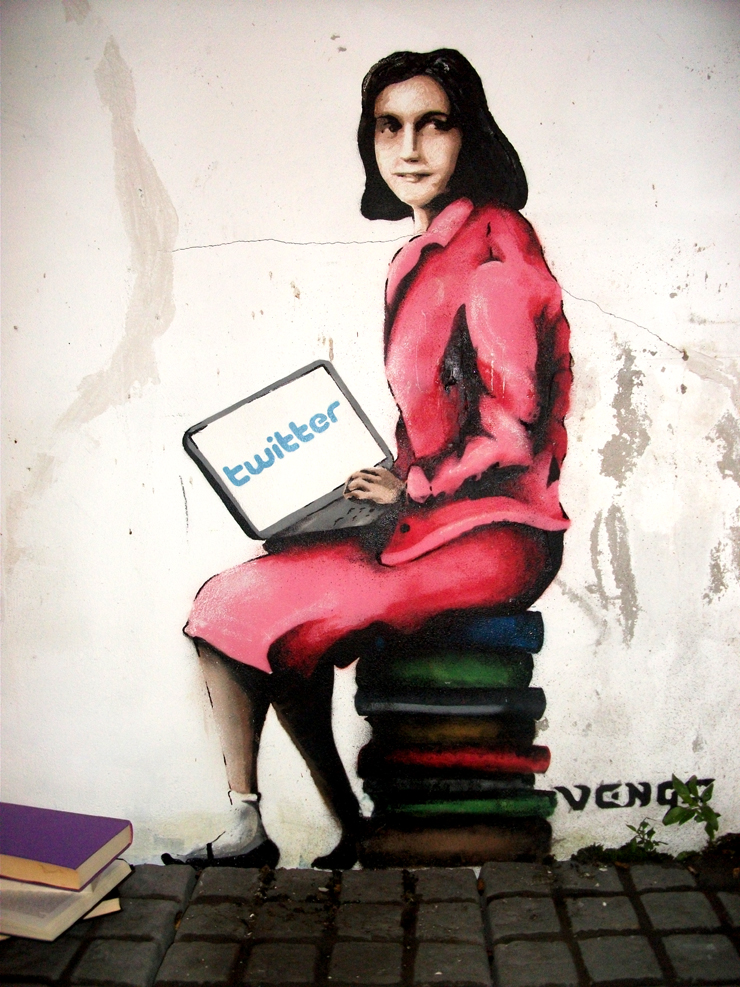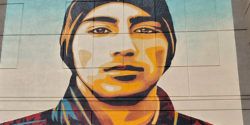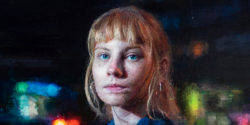Since the rise in muralism in the late 2000s, street art portraiture has become an increasingly popular form of urban expression, with artists employing diverse techniques and styles to capture the essence of individuals and personalities.
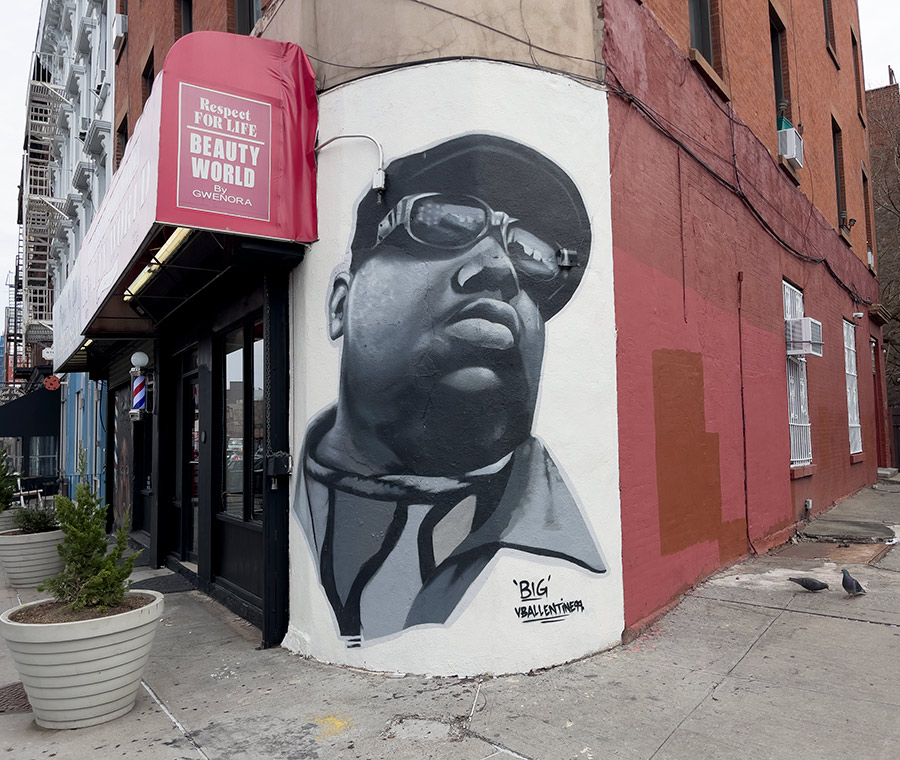
This street art genre draws inspiration from western portrait painting and contemporary advertising practices, combining traditional and modern elements. Beyond a simple aesthetic exercise, some street art portraiture has emerged as a means for artists to challenge dominant societal norms surrounding notions of beauty and power dynamics, making it a vital mode of cultural expression. Other times, obvious norms are in full embrace.
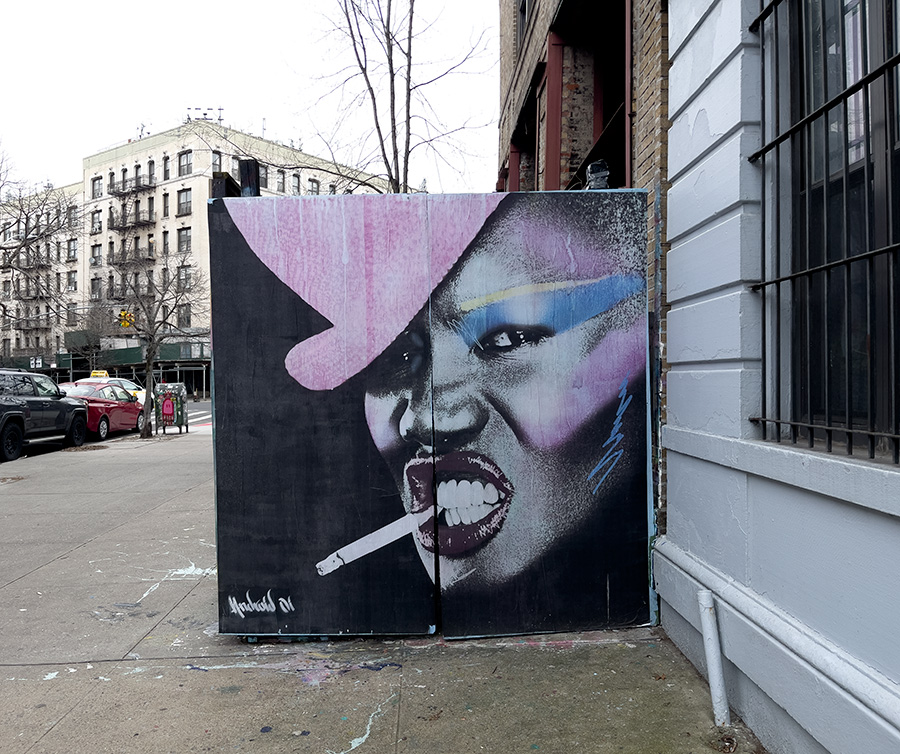
While the issue of the male gaze has been a prevalent topic in the fine arts for centuries, street art gave a new platform for artists to consider and sometimes debate this issue in a public forum. Artists celebrate real and fictional individuals of all genders, challenging traditional ideas of beauty and reclaiming agency for those traditionally relegated to the margins. By doing so, these artists engage in a larger cultural dialogue, and through their work, reflect the diversity and values of the communities they inhabit.
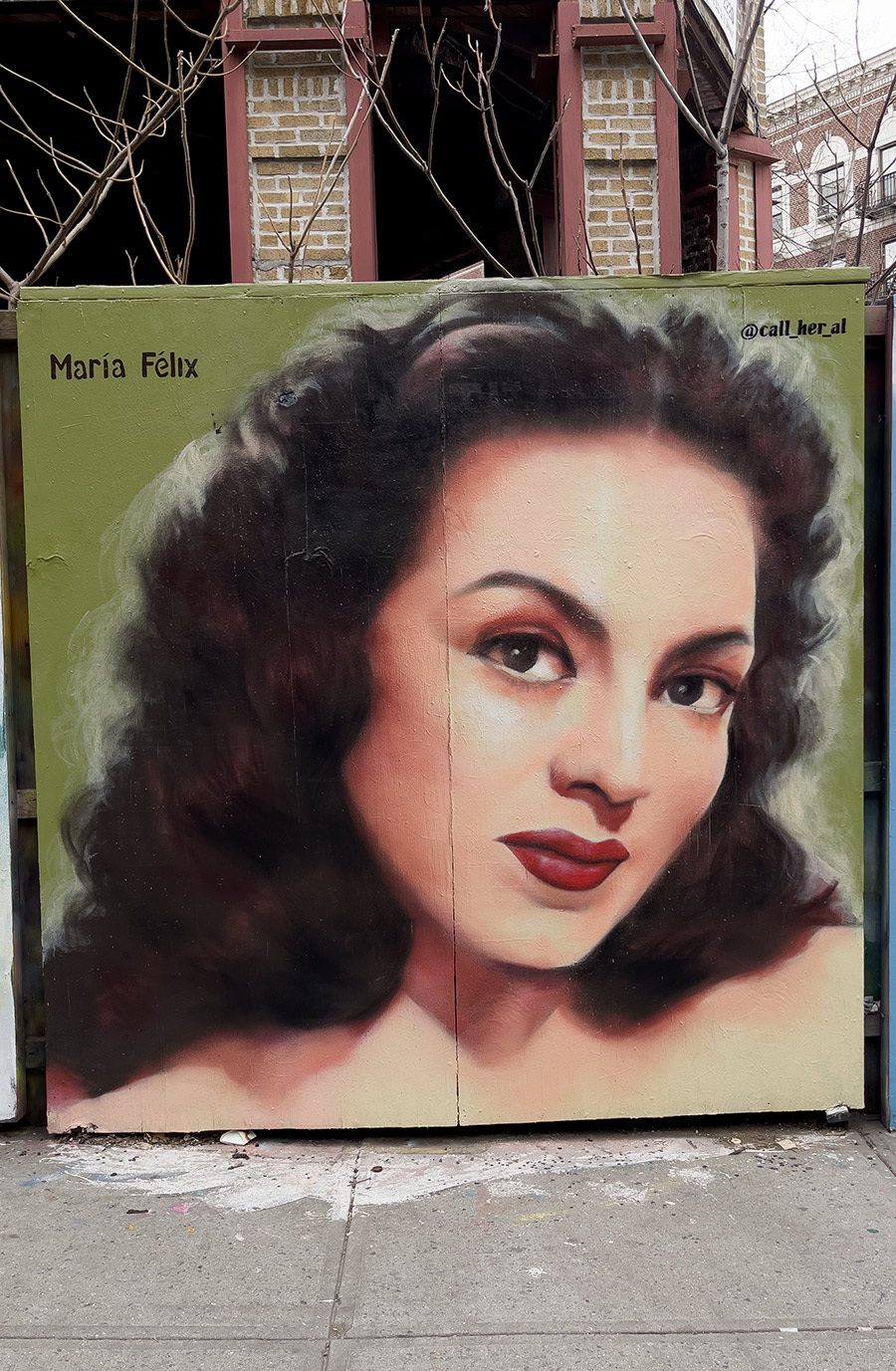
A high percentage are celebrities and icons of popular culture. From musicians to actors and athletes, these individuals make the artwork personal, relatable, and Instagrammable. Younger artists tend to gravitate toward contemporary figures in popular culture, while older artists may focus on historical or political figures. But don’t quote us on that.
From stenciling, painting, and wheat pasting, each method contributes to the unique character of the artwork, reflecting the artist’s vision and the cultural landscape in which it is created. As a mirror to the culture, the subjects chosen for street art portraiture can reflect the diversity and cultural landscape of the city, creating a visual representation of the community, its values, and aspirations.

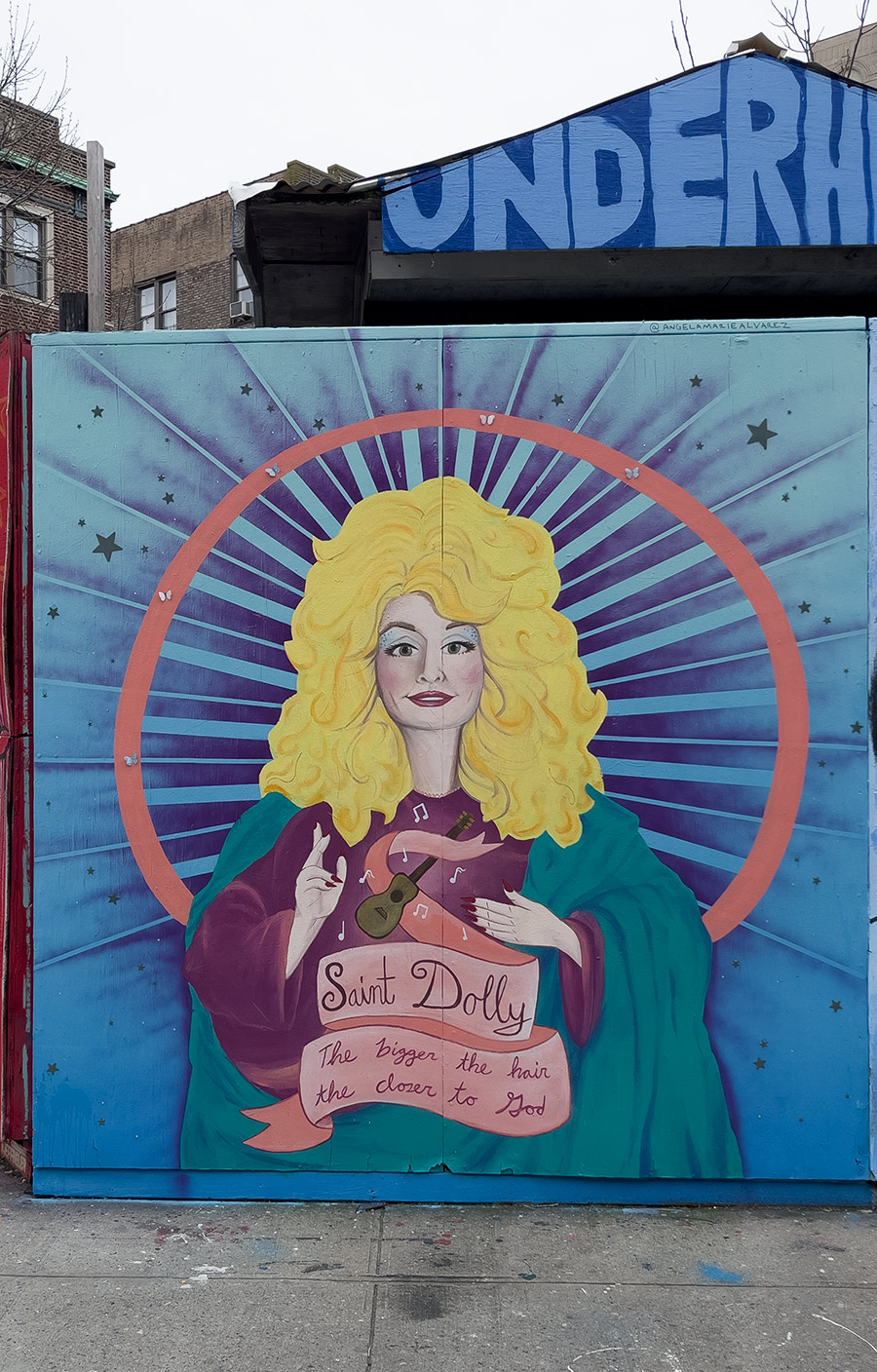

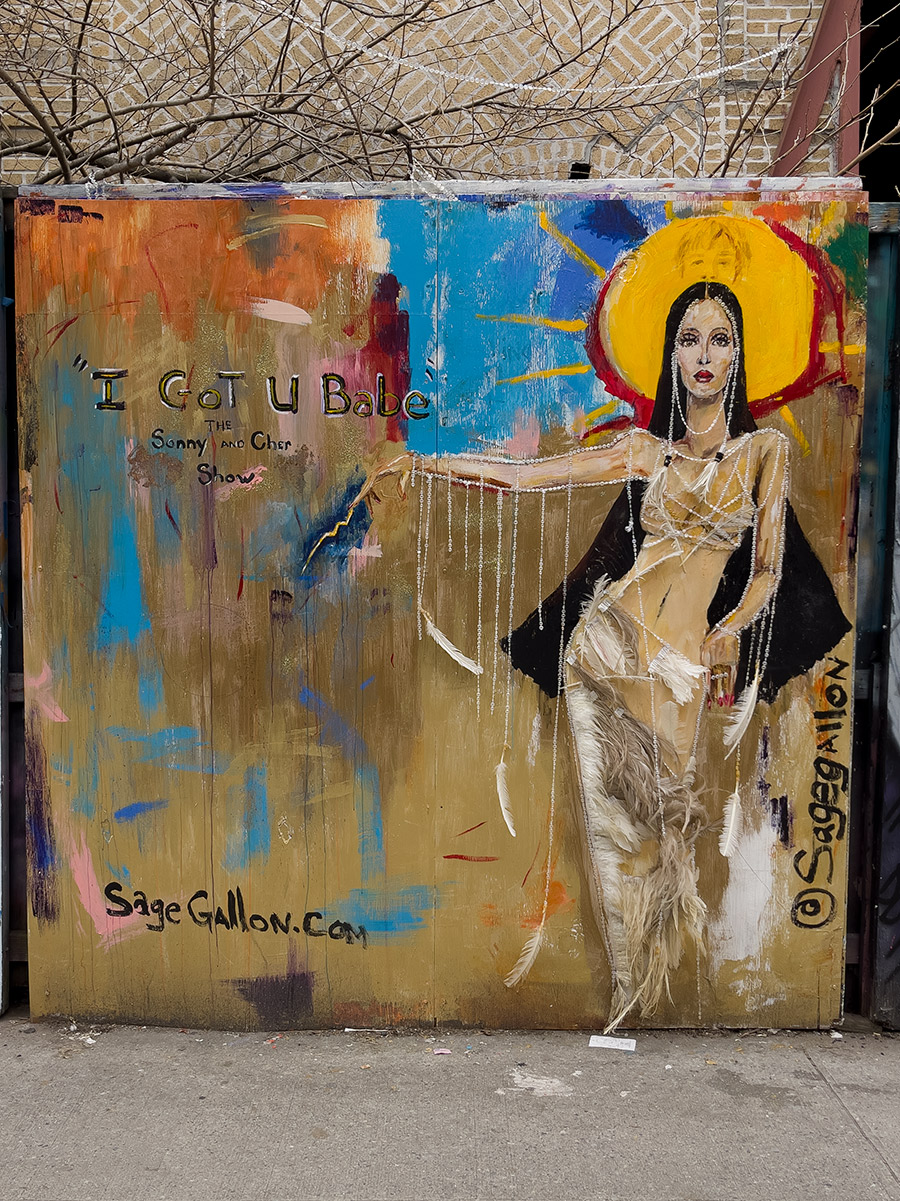
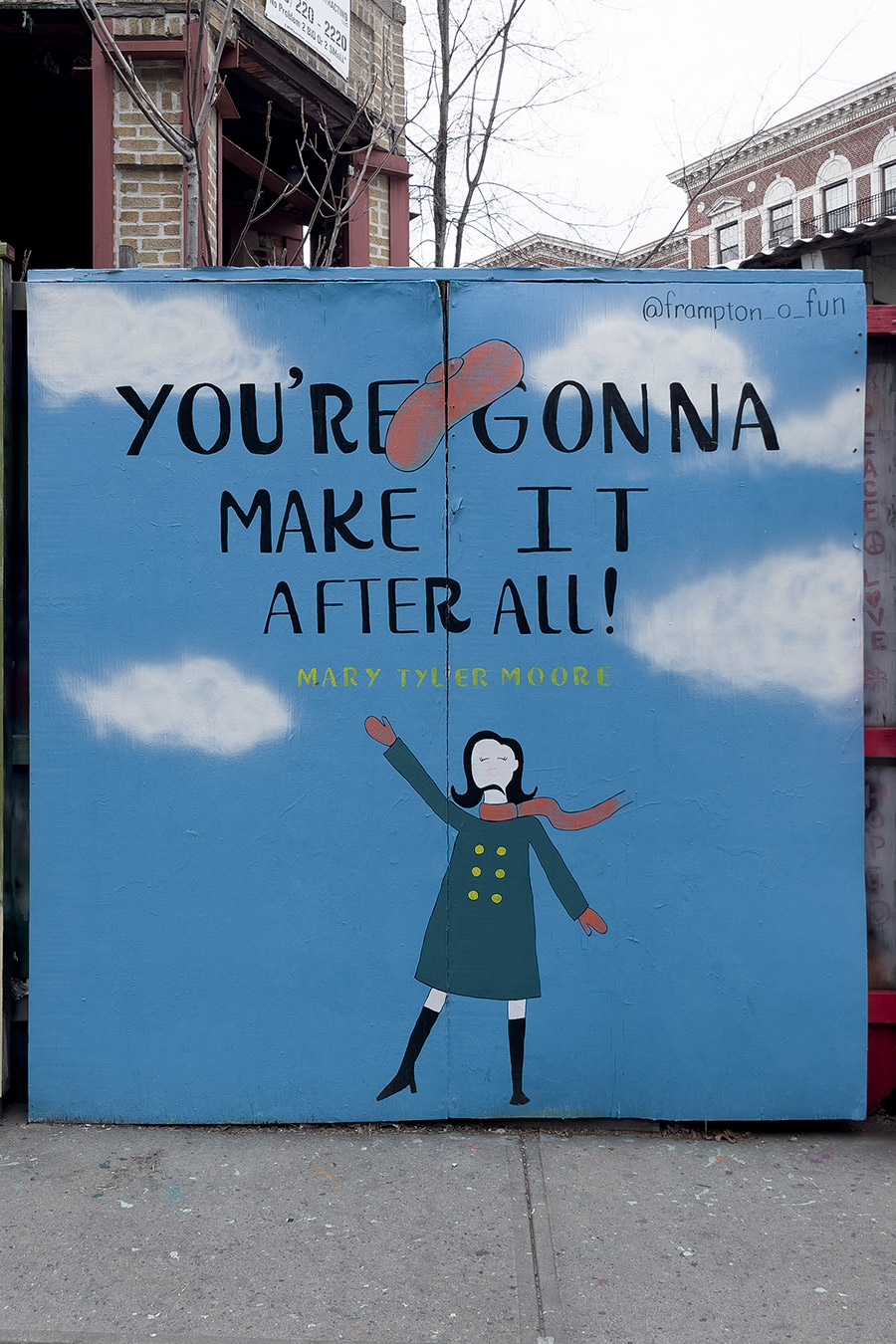
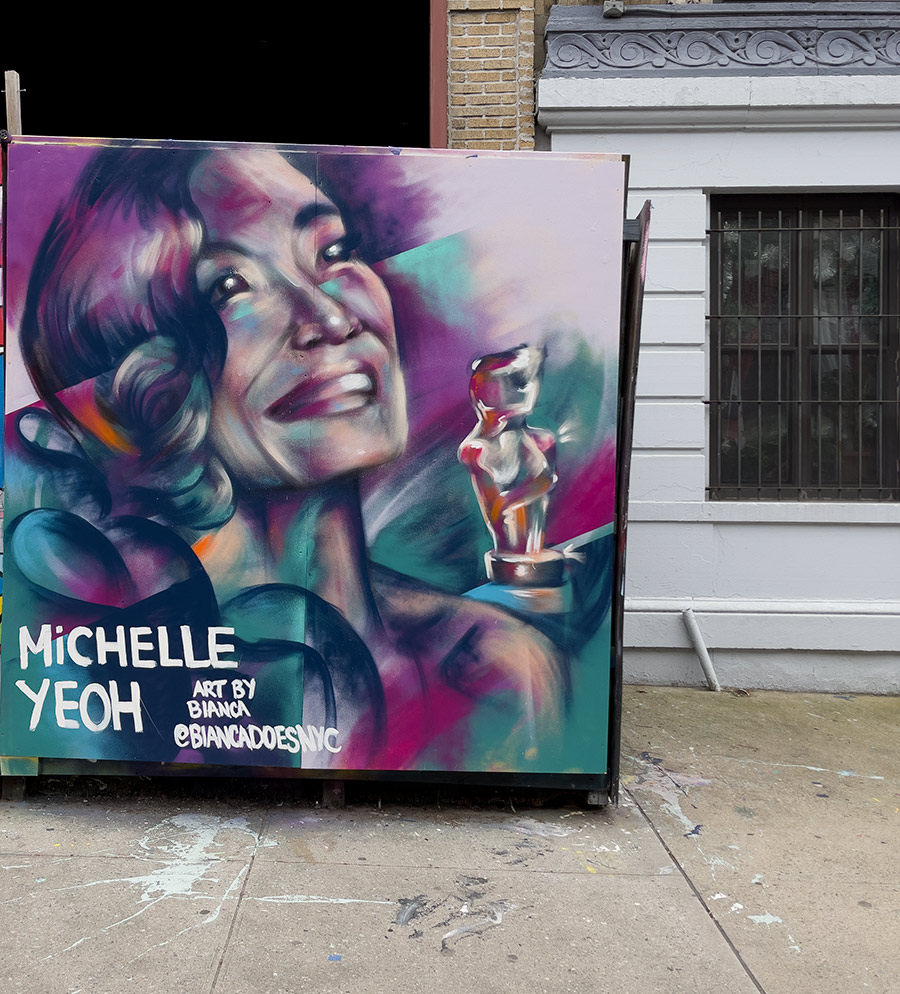
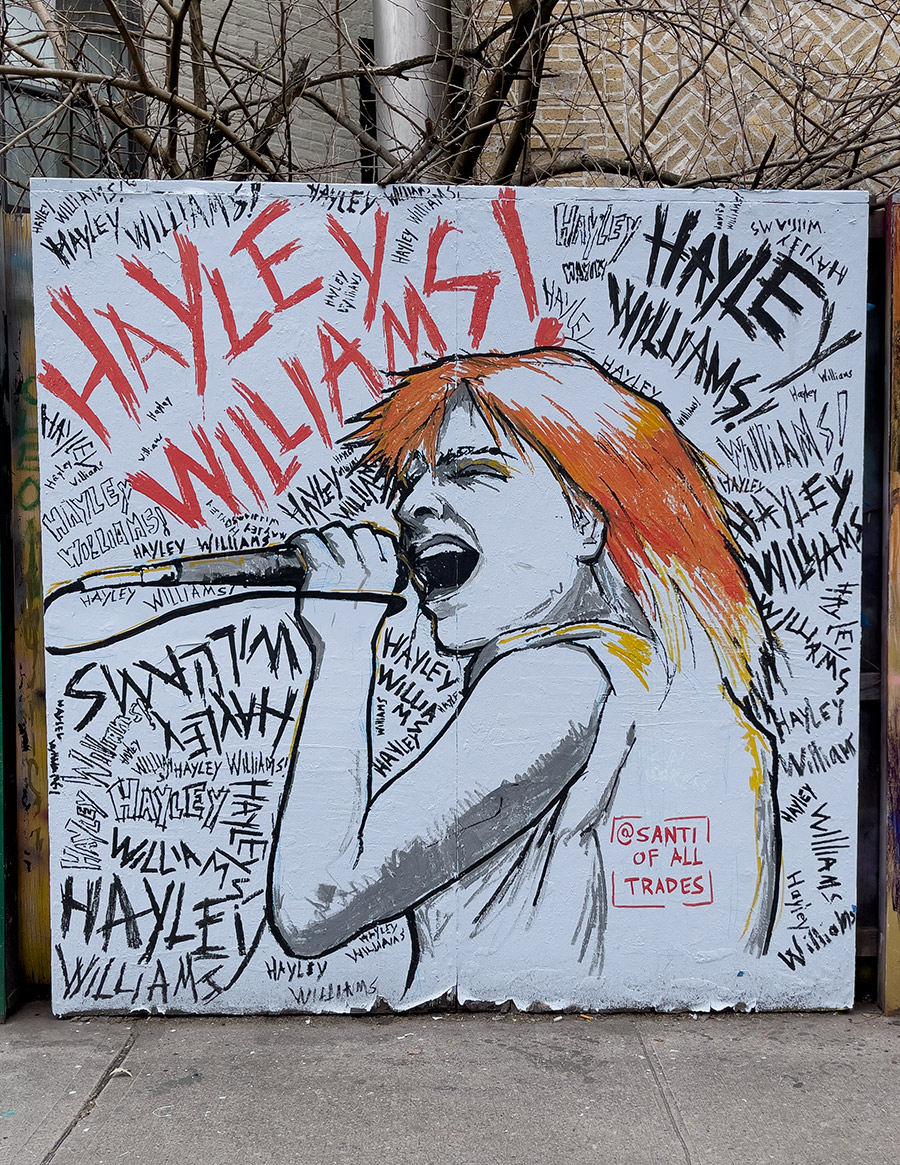
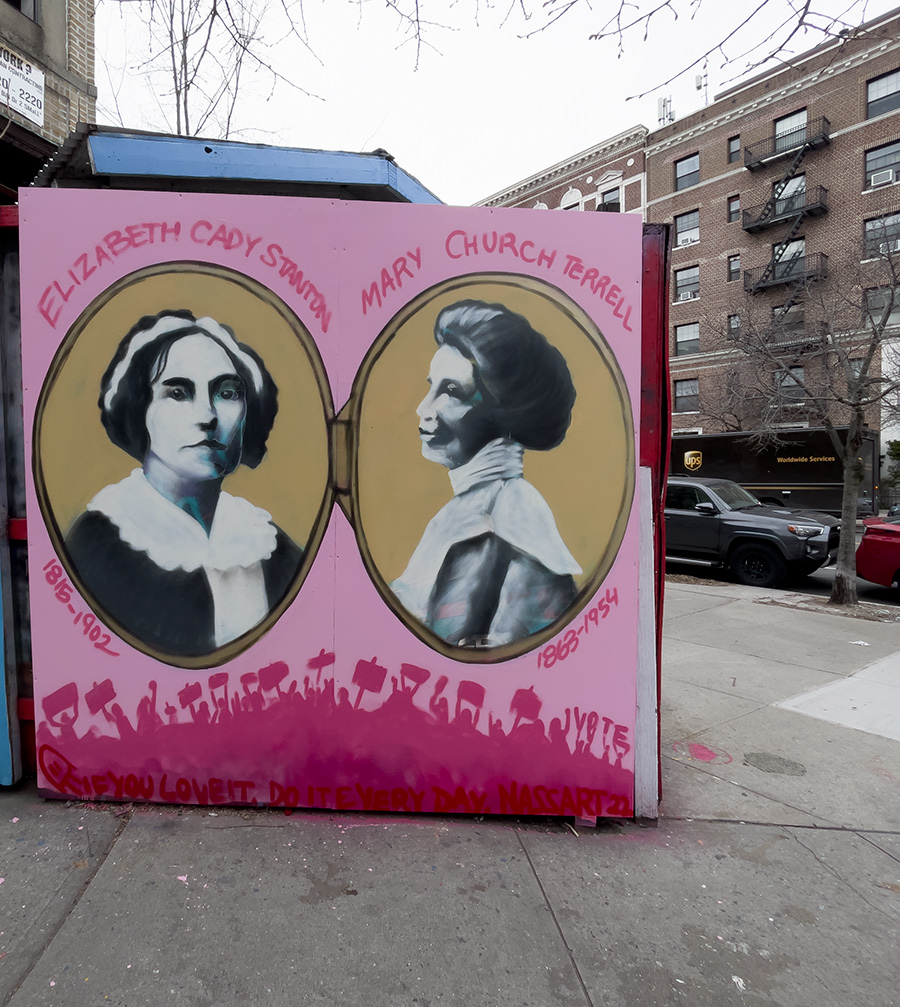
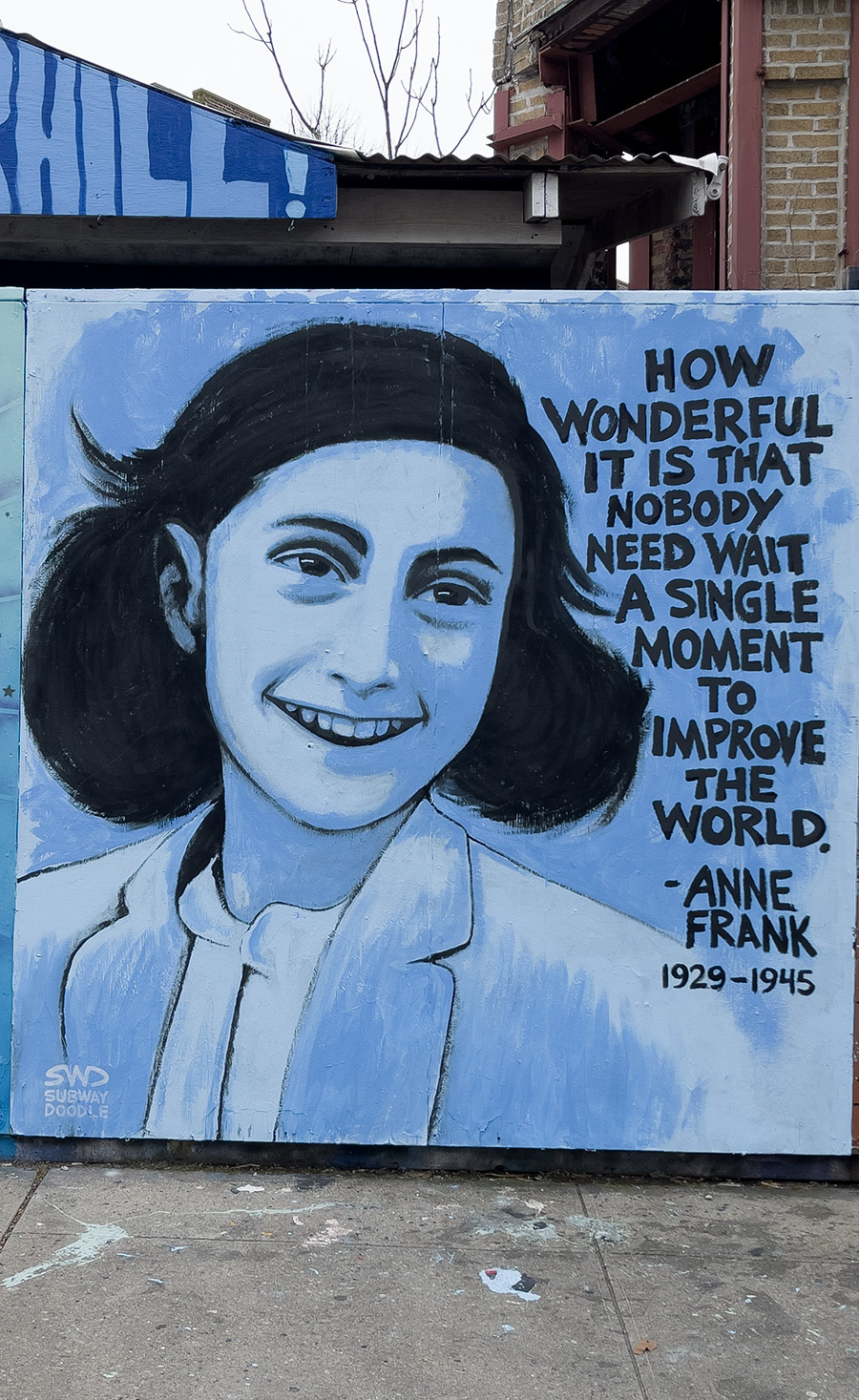
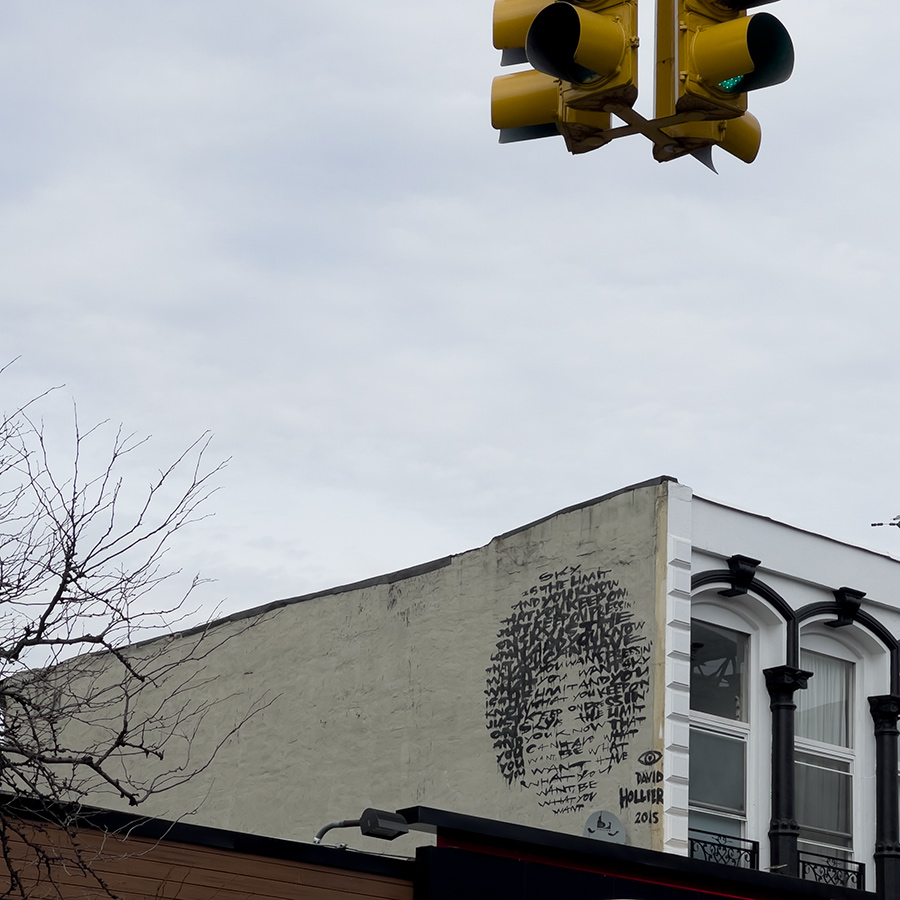
 BROOKLYN STREET ART LOVES YOU MORE EVERY DAY
BROOKLYN STREET ART LOVES YOU MORE EVERY DAY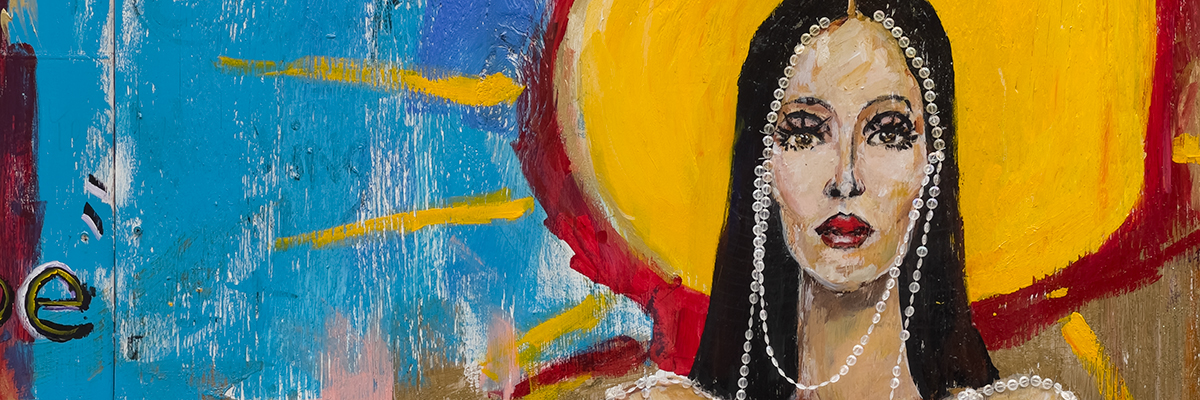








 Crotched objects began appearing on the street this year. © Jaime Rojo
Crotched objects began appearing on the street this year. © Jaime Rojo








